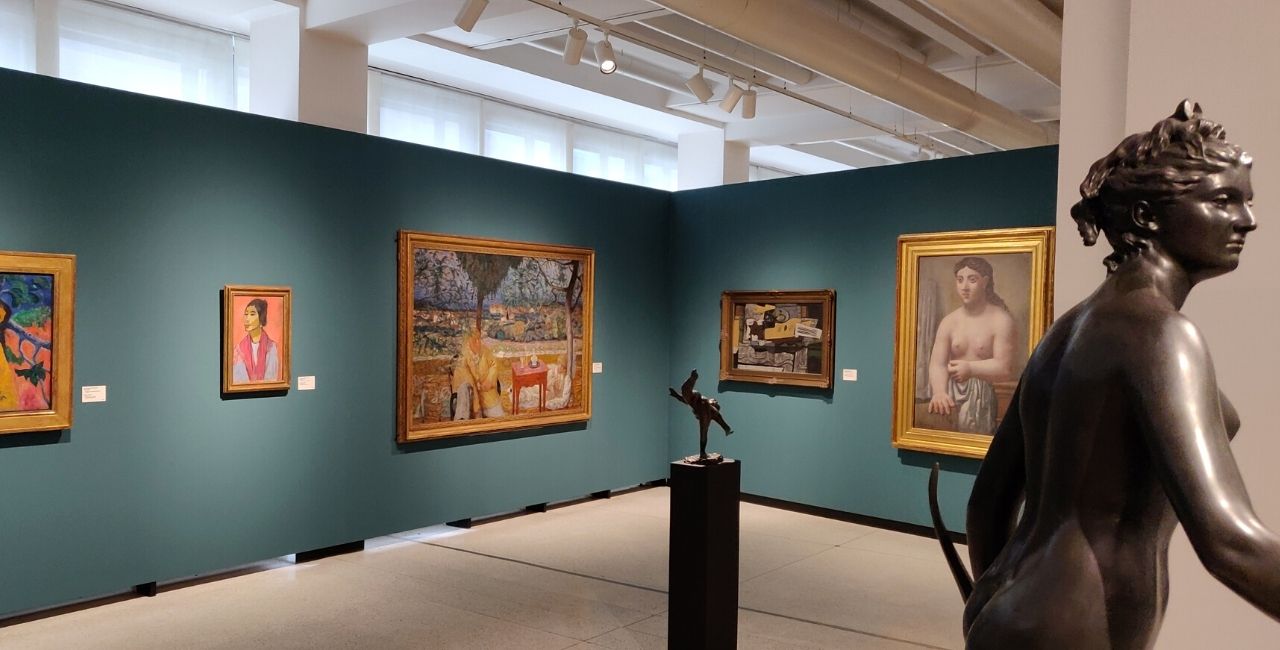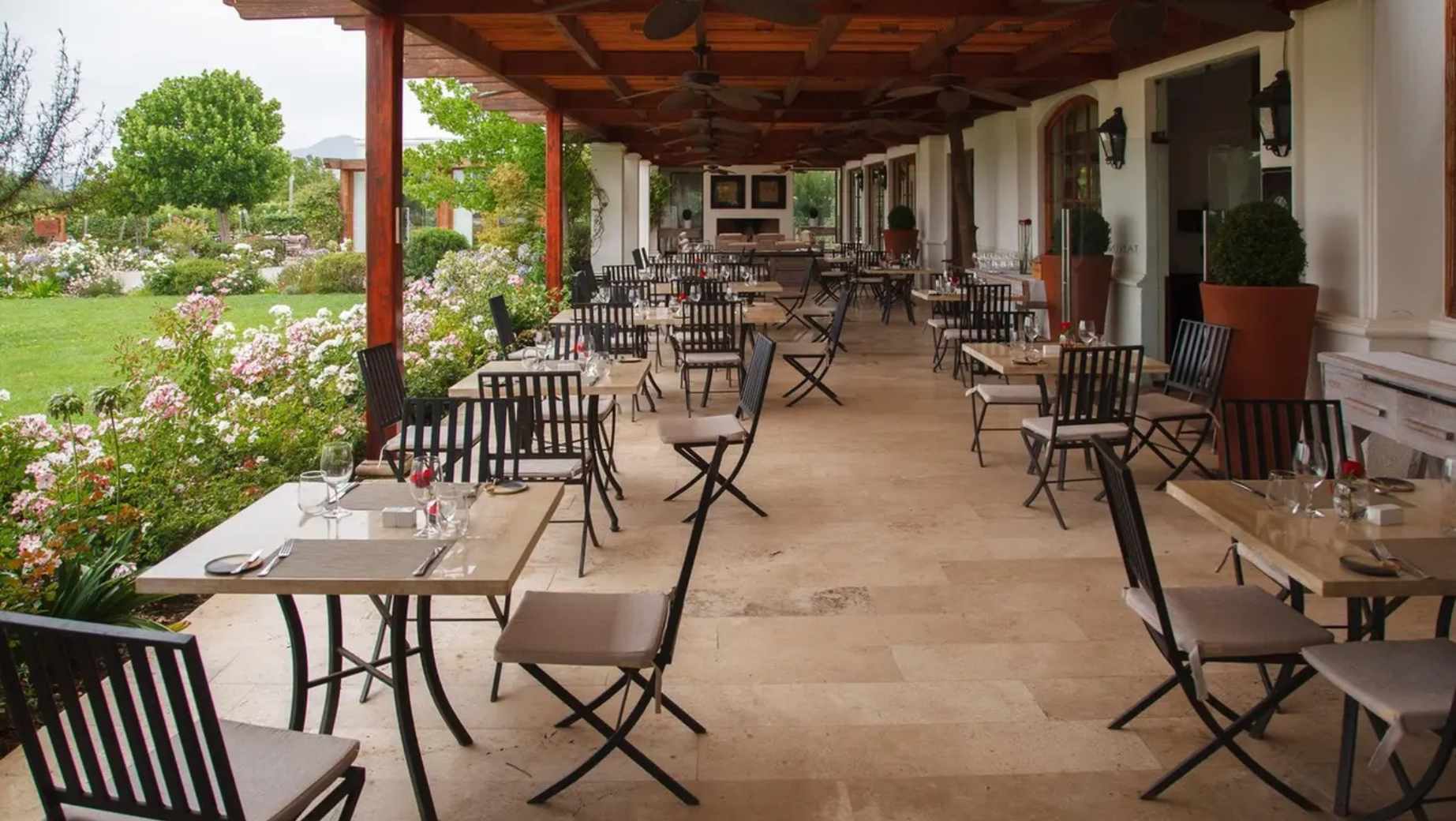The promotion will be held as part of the celebration of the anniversary of the founding of the organization. This year she will be 226 years old.
The history of National Gallery Prague is traced back to 5 February 1796, when a group of important patriotic Czech nobles joined a few citizen intellectuals in the decision to elevate the deteriorating public taste.
The Society of Patriotic Friends of the Arts was created, soon establishing two institutions that Prague had lacked before: the Academy of Fine Arts and the Picture Gallery, which was accessible to the public.
However, the history of the NGP collection dates to the early 17th century, when Albrecht Dürer’s legendary Feast of the Rosary became part of Rudolf II’s art collection in 1606.
The famous painting is one of the few to have remained in Prague to this day, forming an integral part of the gallery collections.
In the second half of the century, collection activities of Czech nobles began to fully develop, allowing the general public to marvel at masterpieces for the first time once the Picture Gallery was established. It is then that the foundations of the present-day National Gallery Prague were laid.
In 1902, another important institution was founded: the Modern Gallery of the Kingdom of Bohemia. Unlike the Picture Gallery, established by private initiative, the Modern Gallery was founded on the initiative of the ruler, Emperor Franz Joseph I.
The institution commenced assembling a collection of contemporary art of the 19th and later 20th centuries – this period saw the purchase of works by Antonín Slavíček, Max Švabinský, Vojtěch Preissig, Jan Preisler, and then Josef Čapek, and Emil Filla. The Modern Gallery ceased existing when it was merged with the Picture Gallery in 1942.
The Picture Gallery of the Society of Patriotic Friends of the Arts became the central art collection of the new state in 1918. Vincent Kramář took charge in the next year, shaping it into a modern public gallery managed by experts.
In the 1920s and 1930s, the foundations of the famous French Collection were laid under his leadership, supported by Tomáš Garrigue Masaryk and Edvard Beneš, leaders of the Czechoslovak state.
Kramář succeeded in nationalising the Picture Gallery in 1936. The complex period of World War Two saw funds from what had been the Modern Gallery administered by the Picture Gallery. The name National Gallery was used in the past, but as of 1941, the official Protectorate title was the Czech-Moravian Land Gallery. In 1949, the wartime institutional reorganisation was upheld retroactively by Act No. 148/1949 Coll. on the National Gallery in Prague.










